In honour of International Women’s Day, we’ve teamed up with CACI to reveal just how nuanced the modern female shoppers is.
The days where women can be neatly categorised as bargain hunters or brand loyalists are long gone. Thanks to the extensive consumer data retailers now collect, today’s female shopper defies simplistic characterisation, and her shopping behaviours vary dramatically across generations, locations and lifestyle.
There are of course distinct patterns in how women shop, but many behaviors show that, when it comes to shopping at least, there’s not much difference between men and women.
“On the surface, no meaningful difference in what they report influences their purchasing,” says CACI senior consultant Kate McGoldrick.
“Male and female responses are within a few percentage points of each other, with the main outliers being “sales/discounts”, where 61% of women say this influences their decision versus 57% of men, and ‘Easy Returns Process”, which 32% of women cited compared with 28% of men.”
When choosing where to shop, both men and women are influenced by convenience (77%) and price (75%). In fact, the 16-point gap between Gen-Z and baby boomer women regarding convenience shows that age can actually be a far more meaningful differentiator than gender.
Working women and the high street
Despite convenience being a top influence, many retailers with stores on local high streets will feel that the notion doesn’t quite extend to them. When taken as an average across the UK, just 29% of women report regular visits to their local high street, compared to 31% of men.
This jumps up considerably for women living in London, (where 41% are frequent high street shoppers), which CACI reports is more likely to be impacted by density rather than affluence, and drops in certain regions, like the East of England (22%).
The change in working patterns for women since the pandemic has also played out on the high streets – of women working in offices with no option to work from home, only 23% report that they are regular visitors to their local high street, compared to 38% of men in the same working situation.
The slowdown for high street retailers New Look and River Island illustrates this trend well, both posting sales drops in their most recent results.
And it looks like there isn’t any reprieve for high street retailers, as disposable income grows among Gen-Z shoppers – just 25% of the age group shop there regularly.
Environmental influences
Another purchase factor that varies greatly depending on age group is sustainability. While environmental concerns strongly influence 60% of Gen-Z women, this drops to just 40% among their baby boomer counterparts. GenX women sit in the middle of both, with 42% saying that these concerns influence their purchases.
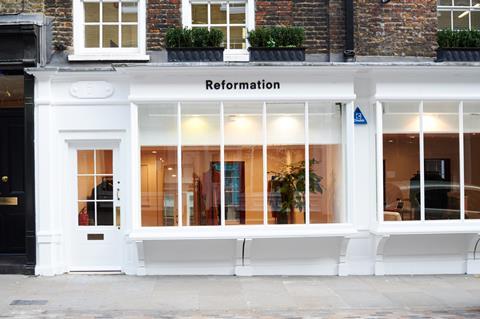
Perhaps most intriguing is the disconnect between what women say influences their purchasing decisions and their actual shopping behaviors.
While only 19% cite a brand’s ethics as a decision factor, nearly half (48%) report that environmental policies affect their likelihood to purchase, compared with 44% of men.
In contrast to struggling high street fashion brands, several newer brands that have prioritised sustainability at their core are reaping the benefits of women’s spending power.
Womenswear brand Reformation, which has the tagline: “Being naked is the #1 most sustainable option. We’re #2.”, is a prime example of this, posting rising profits year-on-year since 2016.
Secondhand economy
One of the only big differences between men and women’s shopping habits is actually when it comes to secondhand shopping.
The secondhand economy appeals much more to women who are clothes shopping. Compared to men, women are much more likely to purchase items from charity shops (36% vs 28% of men) and repair their worn clothes rather than replace them (34% vs 23%).

Oxfam trading director Lorna Fallon has also noted a significant uptick in the number of women shopping secondhand: “In the last few years, Oxfam has seen more and more women choosing to shop secondhand and make more sustainable choices when shopping.
“Just last year, during our Second Hand September campaign, a poll revealed that 41% of UK adults now buy and wear more secondhand clothing than they did two years ago.”
The rise in secondhand clothing platforms like Vinted and Depop are also being driven primarily by women. 34% of women say they look to the shopping platforms to save money when shopping for clothes and accessories, compared to just 20% of men.
Thanks to this uptake among mostly female shoppers, Vinted has become one of the fastest-growing retailers in the UK, with its app the third most downloaded in retail in 2024, according to Sensor Tower, behind only Shein and Temu.









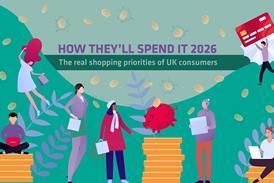
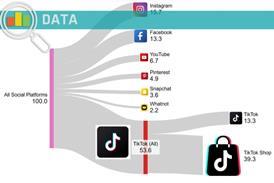









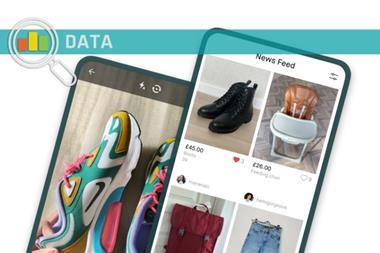
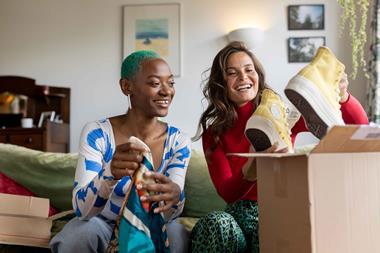

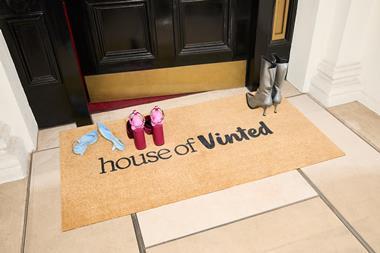

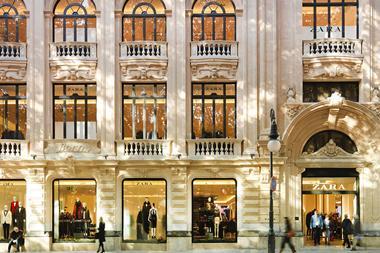
No comments yet